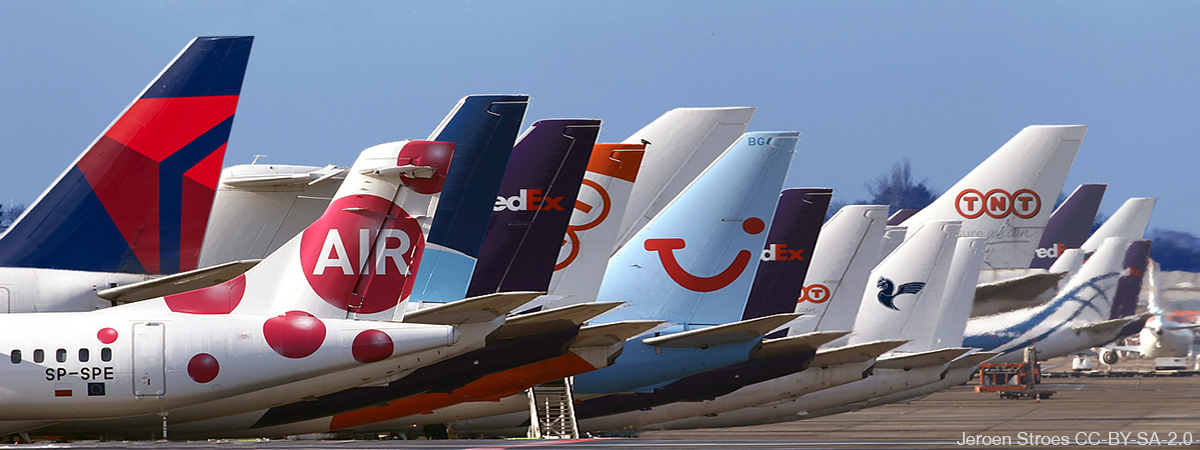Simply by taking a look at any of the websites that display flights operating between airports around the world, we can clearly see that the current situation is completely abnormal. The drop in air traffic compared to this time last year is dramatic, and it will have a significant impact over the coming months and years, not only within the aviation sector, but also in terms of the global economy.
Global air traffic has fallen to less than half of what it was this time last year.
As the coronavirus crisis developed over recent months, travel restrictions have begun to delineate a very different world. Almost 90% of the world’s population are currently subject to some form of restriction on movement as a result of actions to combat the COVID-19 pandemic. What’s more, over 40% of the world’s population live in countries whose borders have been completely closed.
This impacts directly on global air traffic, which in the last week of March (the most affected period so far) recorded a 55% drop compared to the same period in 2019. As a direct consequence of this, more than a hundred airlines worldwide have already grounded their aircraft, temporarily ceasing operations. Nevertheless, there are certain nuances that should be considered.
Firstly, the effect on domestic air traffic varies hugely from country to country, while international flights remain practically non-existent. Cargo flights are also being affected differently; they have also decreased, but to a lesser extent than commercial flights.
Most of the flights that are still operating are domestic, especially in large areas without borders. This is the case in China, where there is still domestic movement of hundreds of millions of citizens, and where everything seems to suggest a gradual return to normality. In fact, some airlines in China have already announced their domestic flight schedule for May onward, with similar frequency and capacity as last year. As regards international flights, however, no improvement is expected in the short term.
The situation in the United States is particularly striking. Despite the dramatic decrease in air traffic, especially during the first week of April, the density of aircraft in flight still exceeded that of the rest of the world (except for the above-mentioned case of China). In view of the pandemic’s evolution, airlines are already preparing plans to temporarily close down, leaving most aircraft on the ground. However, unlike in Europe, the US government seems to attach more importance to the way air traffic affects the US economy than to its role as a means of transmission of the pandemic. Perhaps that is why the US has not yet made any drastic decisions, but is instead looking at a wide range of contingencies and plans to address them.
Finally, there is another important aspect to consider in the global context: the air traffic control system’s ability to remain fully operational. The vulnerability arising from infection of personnel has already forced the closure of air traffic control facilities in the United States (e.g. Chicago, New York and Las Vegas), and everything points to the fact that similar situations may occur in other countries where air traffic density has not fallen significantly.
It is clear that the COVID-19 pandemic has become a highly significant negative event for the aviation sector worldwide. In the immediate term, we have no choice but to adapt to the containment measures imposed by each government, and try to protect the people who depend on our economic activity. However, we should also take advantage of this time to establish measures that will allow us to overcome the consequences of the current crisis in the shortest time possible, and ensure the air transport industry maintains its status as a driver of development.



